Any clinician who practises aesthetic or reconstructive dentistry knows the challenges of predictably executing multi-unit anterior dental cases. From acquiring proper and repeatable bite records to protecting provisional and final restorations, anterior bite plane devices (deprogrammers) are a useful tool when integrated into your protocol.
Research has shown that when posterior teeth are prevented from contact, the overall mastication forces are reduced by up to 70%. This protective feedback mechanism is both beneficial to teeth and can relieve uncomfortable muscle pain resulting from overuse and spasms caused by excessive contraction. For this reason, some providers regard anterior bite plane devices as the perfect first-line treatment for acute temporomandibular joint (TMJ) pain and dysfunction.
Most of the time, patients present for anterior reconstruction due to worn anterior incisal edges and/or abraded posterior dentition. This condition is most commonly associated with night-time bruxing habits (sleep bruxism). Over time, sleep bruxism can cause aesthetically displeasing results, with loss of anterior guidance, occlusal disharmony and overall destabilisation of the bite. Sleep bruxism, like many other oral conditions, is often painless but without intervention leads to more tooth wear and can result in TMJ pain and pathology. Moreover, studies have shown that more than half the patients who grind their teeth due to para-functional habits are not aware of the behaviour, which can interfere with treatment needs and case acceptance. With time, sleep bruxism can result in firm and enlarged muscles of mastication. Enlarged muscles can increase the challenges of case aesthetics and often make it difficult to obtain a passive centric relation occlusal bite record.
embedImagecenter("Imagecenter_1_745",745, "large");
In my practice, anterior deprogrammers have been used successfully for many years. These devices can help relax overused or hyperactive muscles. They allow the joints to seat passively in their anatomically ideal location through a protective pathway once the patient’s occlusion is disengaged. Used as a diagnostic tool, as a first line of treatment or as a step in treatment, anterior deprogramming devices are a valuable treatment tool.
The TMJ QuickSplint is a semi-custom anterior bite plane (deprogrammer) that was developed for immediate placement with minimal demand on the provider regarding time, cost or treatment expertise. Although other methods currently exist, I have found the TMJ QuickSplint to be especially useful in the following two areas in aesthetic dental care.
Achieving accurate open-bite centric relation records
A simple technique that can be used to achieve accurate bite records involves using the TMJ QuickSplint as a night-time appliance for one week prior to record making. The design of the TMJ Quick Splint shell and recommended fabrication technique provide a simple, consistent, reliable and fast method to deliver this device chairside. The TMJ QuickSplint used as a deprogrammer will relax the patient’s muscles of mastication and help provide a repeatable, accurate centric relation record. The TMJ QuickSplint is designed for maxillary or mandibular arch use, based on maximum contact, occlusal stability, operator preference or patient comfort.
The procedure is simple. After using the device for seven to ten days, the patient returns for records to be made. With the TMJ QuickSplint in place, the patient is asked to bite on the anterior plate (of the TMJ QuickSplint), slide forward and backward a few times and then while the jaw is in the most retruded position to firmly bite down on the TMJ QuickSplint and to hold and squeeze the jaw to stabilise the position. Bite record material is then injected between the posterior teeth and allowed to set. The TMJ QuickSplint is then removed and the patient is asked to bite into the freshly made posterior sections that provide stability while new material is injected onto the anterior region, providing an accurate full-arch open-bite centric relation record.
Protecting provisionals and final restorations
Another common and significant problem is keeping provisionals in place while waiting for laboratory-fabricated restorations to be completed. It is not practical to fabricate any permanent bite protection for patients in provisionals and most systems on the market involve rigid acrylic liners that could potentially damage and or loosen the restorations. Provisionals need to be luted to the preparations in such a way that the patient can visualise the end-result and have some functional benefit. Essentially, they need to be cemented well enough to function but easily removed without damaging the preparations. Since the cause of the patient’s original tooth wear is still present and active, this is not always easy and often leads to broken provisionals and upset patients and clinicians. Failure or unexpected events in aesthetic dental care can have negative consequences on patient perception, which is essential to building a strong cosmetic dental practice.
The TMJ QuickSplint is best fabricated using Blu-Mousse (Parkell) or your choice of similar fast-set bite registration material. This allows for rapid, accurate and careful placement over the top of the provisionals. The patient uses the TMJ QuickSplint at night to prevent damage to the provisionals during removal or placement, with the added benefit of reducing overall force and stresses on the interim restorations. After final delivery, we relign the TMJ QuickSplint to fit the final restorations. This can be worn until a definitive device is fabricated and delivered. In my practice, the patient is advised to keep the TMJ QuickSplint as an emergency device in the event of a symptomatic muscle flare-up or if the current appliance is misplaced or damaged.
TMJ QuickSplint™ is a registered trademark of Migratherapy LLC.
It is important to recognise that artificial intelligence (AI) is not something to be feared: it is a tool designed to enhance, not replace, the role of the...
Anti-ageing is a branch of medicine focused on how to prevent, slow or reverse the effects of ageing, thus helping people to live longer and healthier ...
COLOGNE, Germany: Deep caries is the most common reason patients visit the dentist, and one in three patients present with a deep cavity. Pulp exposure is ...
WARDHA, India: Health authorities in India face several obstacles in the efficient delivery of dental care, including a dentist-to-population ratio that is ...
In recent years, dental implants have emerged as a pivotal advancement in dentistry, offering a popular solution for replacing natural teeth lost owing to ...
Complete dentistry is the aesthetic and occlusal harmonisation of the teeth with the gingiva, lips, and face. As dentists, we can directly affect the ...
There is an envelope of occlusal function that we are constantly mastering for our patients. Many times it is exceptionally easy to find a position or shape...
Today, most aligner systems incorporate attachments as part of their treatment protocol. In most cases, dentists are requested to add a substantial number ...
A human face takes priority when determining physical attractiveness.[1] If we group the facial components according to their influence on appearance, the ...
Among the myriad benefits offered by digital dentistry is an improved ability to communicate, share files and collaborate with partnering dental ...
Live webinar
Mon. 22 December 2025
1:00 pm EST (New York)
Live webinar
Mon. 12 January 2026
9:00 am EST (New York)
Prof. Judith Jones D.D.S; M.P.H., Prof. Kakuhiro Fukai D.D.S., Ph.D, Dr. Bathsheba (Bethy) Turton
Live webinar
Wed. 14 January 2026
12:00 pm EST (New York)
Dr. Théo Laplane, Dr. Robert Gottlander DDS
Live webinar
Fri. 16 January 2026
12:00 pm EST (New York)
Live webinar
Mon. 19 January 2026
1:00 pm EST (New York)
Philipp Kopp, Michael Seeber
Live webinar
Thu. 22 January 2026
2:00 pm EST (New York)
Dr. Nicola M. Grande DDS, PhD
Live webinar
Wed. 28 January 2026
8:00 am EST (New York)



 Austria / Österreich
Austria / Österreich
 Bosnia and Herzegovina / Босна и Херцеговина
Bosnia and Herzegovina / Босна и Херцеговина
 Bulgaria / България
Bulgaria / България
 Croatia / Hrvatska
Croatia / Hrvatska
 Czech Republic & Slovakia / Česká republika & Slovensko
Czech Republic & Slovakia / Česká republika & Slovensko
 France / France
France / France
 Germany / Deutschland
Germany / Deutschland
 Greece / ΕΛΛΑΔΑ
Greece / ΕΛΛΑΔΑ
 Hungary / Hungary
Hungary / Hungary
 Italy / Italia
Italy / Italia
 Netherlands / Nederland
Netherlands / Nederland
 Nordic / Nordic
Nordic / Nordic
 Poland / Polska
Poland / Polska
 Portugal / Portugal
Portugal / Portugal
 Romania & Moldova / România & Moldova
Romania & Moldova / România & Moldova
 Slovenia / Slovenija
Slovenia / Slovenija
 Serbia & Montenegro / Србија и Црна Гора
Serbia & Montenegro / Србија и Црна Гора
 Spain / España
Spain / España
 Switzerland / Schweiz
Switzerland / Schweiz
 Turkey / Türkiye
Turkey / Türkiye
 UK & Ireland / UK & Ireland
UK & Ireland / UK & Ireland
 Brazil / Brasil
Brazil / Brasil
 Canada / Canada
Canada / Canada
 Latin America / Latinoamérica
Latin America / Latinoamérica
 USA / USA
USA / USA
 China / 中国
China / 中国
 India / भारत गणराज्य
India / भारत गणराज्य
 Pakistan / Pākistān
Pakistan / Pākistān
 Vietnam / Việt Nam
Vietnam / Việt Nam
 ASEAN / ASEAN
ASEAN / ASEAN
 Israel / מְדִינַת יִשְׂרָאֵל
Israel / מְדִינַת יִשְׂרָאֵל
 Algeria, Morocco & Tunisia / الجزائر والمغرب وتونس
Algeria, Morocco & Tunisia / الجزائر والمغرب وتونس
 Middle East / Middle East
Middle East / Middle East



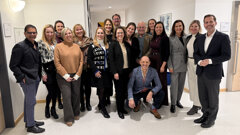
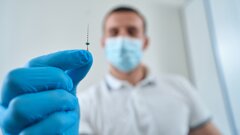






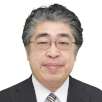

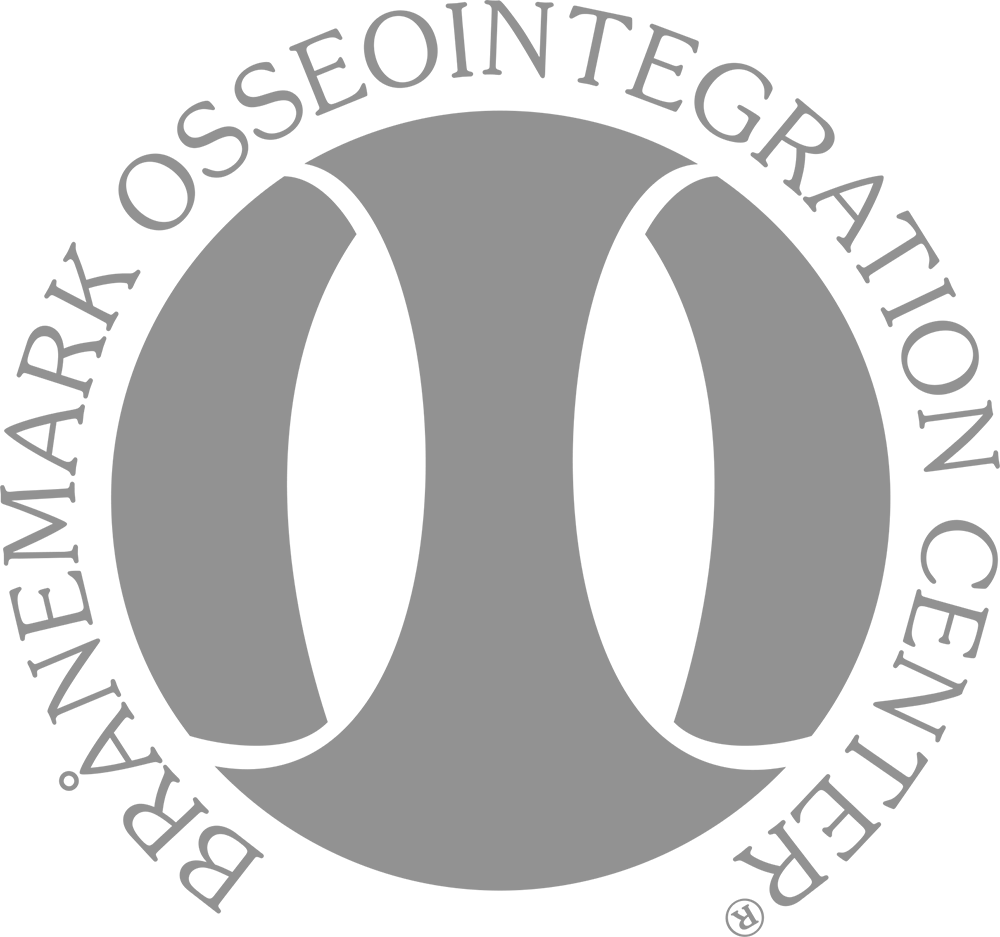









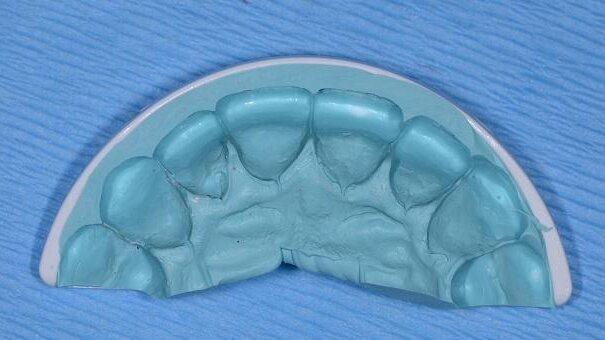



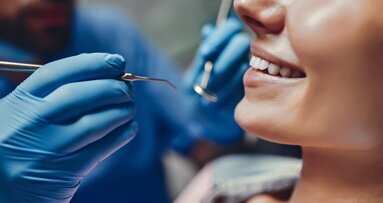
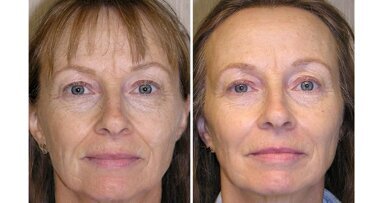

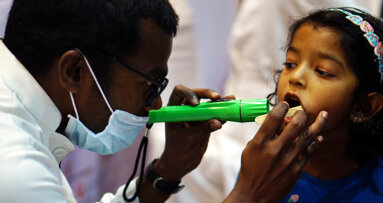
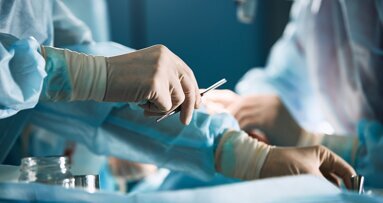
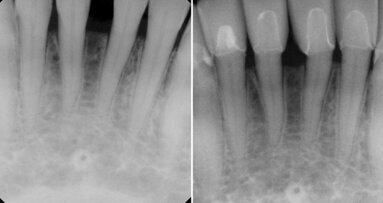
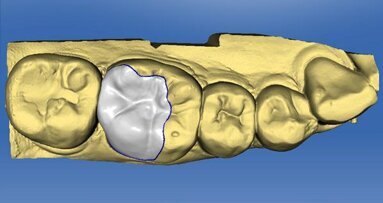
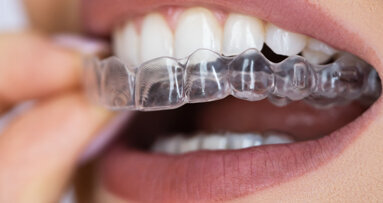
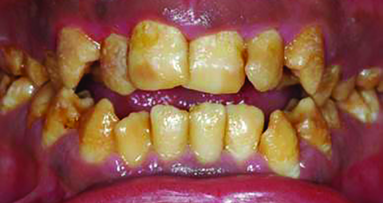
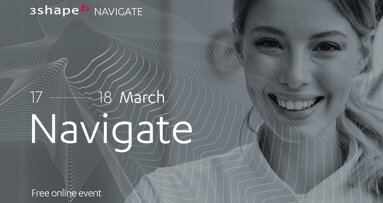










To post a reply please login or register